Cooking is as much a science as it is an art, and understanding heat distribution in cookware is key to mastering the culinary craft. In 2025, with advanced cookware technologies and materials available, it's essential to know which cookware suits your cooking style and needs. Here's a detailed exploration of how heat distribution varies across popular cookware materials.
Table of Contents
The Role of Heat Distribution in Cooking
- Heat distribution refers to how evenly and efficiently heat spreads across the surface and walls of the cookware.
- Uneven heat can lead to hot spots, resulting in food that is overcooked in one area and undercooked in another.
- The material and construction of cookware play a pivotal role in ensuring consistent and uniform cooking.
Common Cookware Materials and Their Heat Distribution Properties
Stainless Steel
- Heat Distribution: Stainless steel is durable and resistant to corrosion but is not the best conductor of heat on its own.
- Modern Solutions: Most stainless steel cookware in 2025 features aluminum or copper cores for enhanced heat conduction.
- Use Case: Ideal for browning, searing, and boiling. Meyer Select Stainless Steel Cookware ensures even heating thanks to its encapsulated base, making it gas and induction compatible.
Aluminum
- Heat Distribution: Aluminum is lightweight and an excellent conductor of heat, providing even distribution across the surface.
- Modern Innovation: Hard-anodized aluminum cookware, such as the Meyer Luminescence Non-Stick Set, combines durability with superior heat conductivity.
- Use Case: Perfect for stir-fries, sautéing, and cooking delicate sauces.
Cast Iron
- Heat Distribution: Cast iron heats slowly but retains heat exceptionally well, offering consistent cooking temperatures.
- Modern Options: Meyer Pre-Seasoned Cast Iron Cookware provides a traditional cooking experience with the benefits of modern pre-seasoning, eliminating the need for initial seasoning.
- Use Case: Best for slow cooking, frying, and baking.
Enameled Cast Iron
- Heat Distribution: Similar to traditional cast iron but with an added enamel coating for easier maintenance.
- Advanced Features: Meyer Enamel Cast Iron Cookware combines excellent heat retention with a non-reactive cooking surface, making it perfect for acidic recipes.
- Use Case: Great for stews, casseroles, and braising.
Non-Stick Coatings
- Heat Distribution: Non-stick pans generally have aluminum cores for even heating and feature a coating that prevents sticking.
- High-Tech Innovations: Meyer Accent Series Nonstick Cookware balances heat distribution with effortless food release, reducing the need for excess oil.
- Use Case: Perfect for low-fat cooking, pancakes, eggs, and delicate dishes.
Copper
- Heat Distribution: Copper is unmatched in heat conductivity, allowing for precise temperature control.
- Modern Adjustments: Copper cookware is often lined with stainless steel for durability and to prevent food reactivity.
- Use Case: Ideal for tasks requiring exact temperature adjustments, such as caramelizing sugar or making sauces.
Ceramic
- Heat Distribution: Ceramic cookware heats evenly but can take longer to heat compared to metal cookware.
- Health-Focused Features: Meyer Anzen Ceramic Cookware offers a non-stick, toxin-free surface, combining even heat distribution with eco-friendly benefits.
- Use Case: Great for slow-cooking and baking.
Factors to Consider When Choosing Cookware
- Type of Cooktop: Induction-compatible cookware often requires magnetic materials like stainless steel or cast iron.
- Cooking Style: High-heat cooking demands materials like cast iron or stainless steel, while delicate dishes benefit from non-stick or ceramic.
- Durability and Maintenance: Stainless steel and enameled cast iron are more durable, while non-stick pans require careful handling.
Conclusion
Understanding the heat distribution properties of different cookware materials is crucial for enhancing your cooking results. In 2025, innovations in cookware, such as pre-seasoned cast iron, hard-anodized aluminum, and advanced stainless steel designs, ensure you have the tools to create perfectly cooked meals. Whether you’re a professional chef or a home cook, selecting the right cookware based on your cooking needs and frequency can transform your culinary experience.

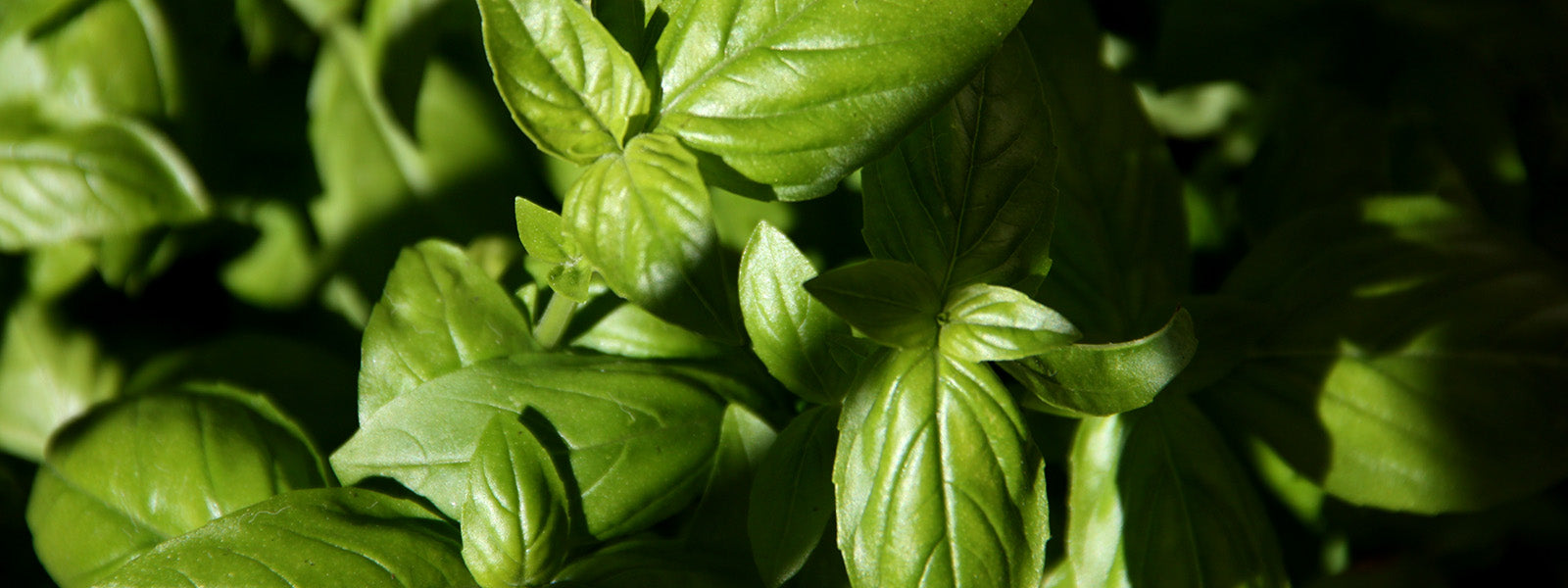
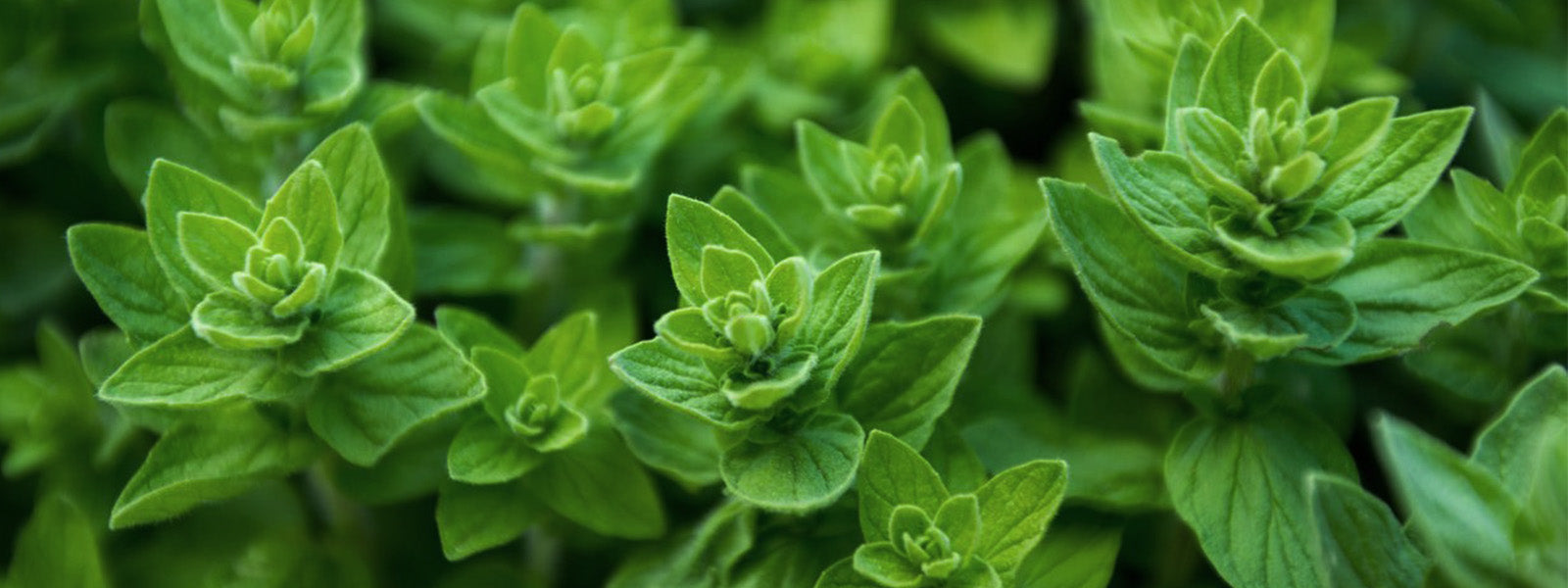
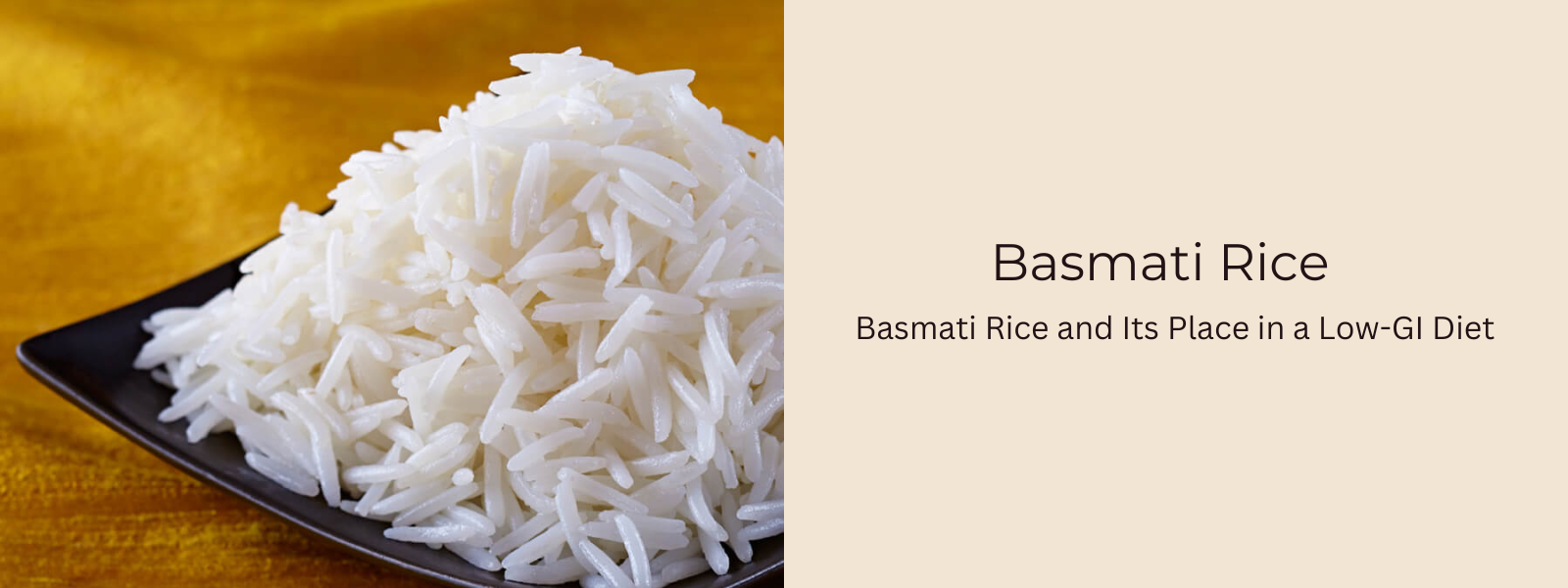
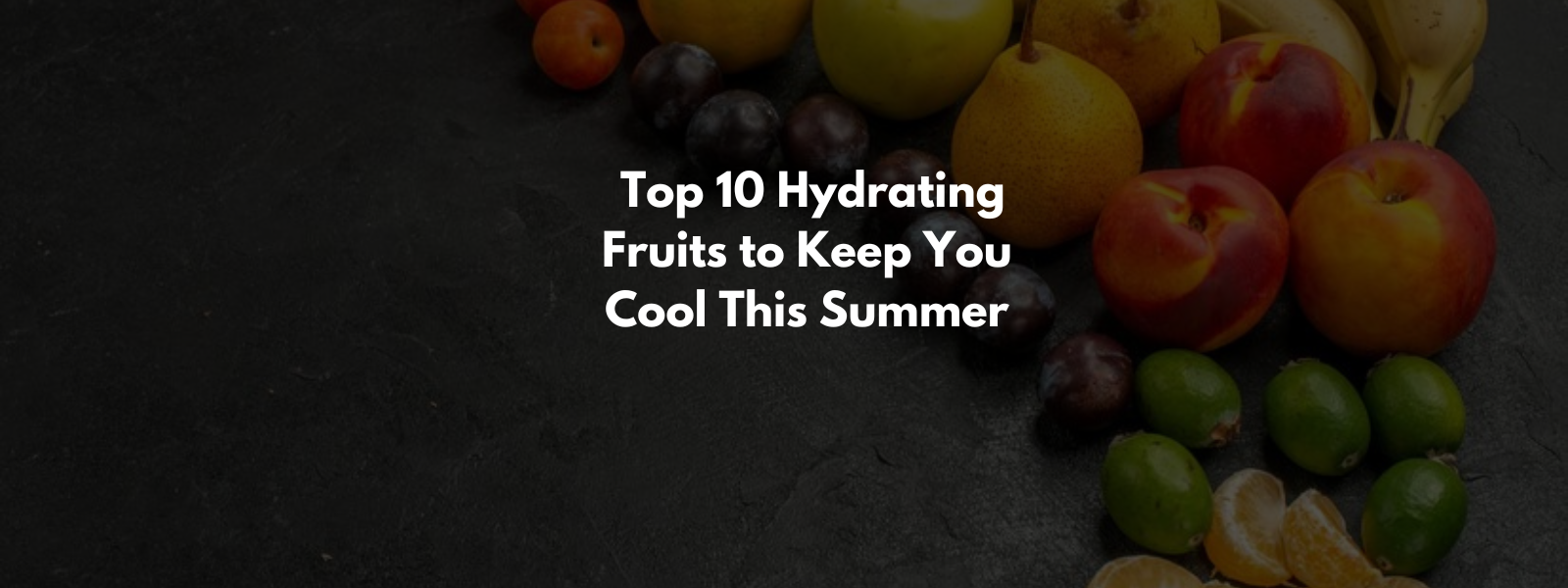
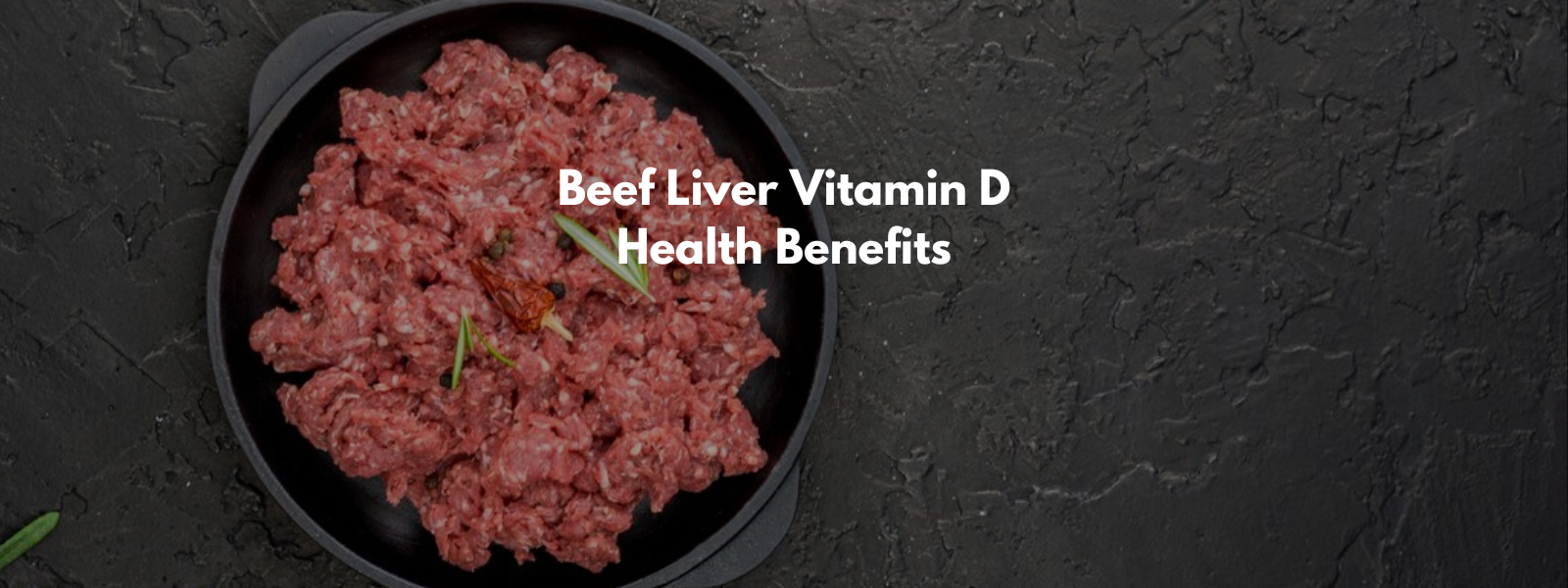
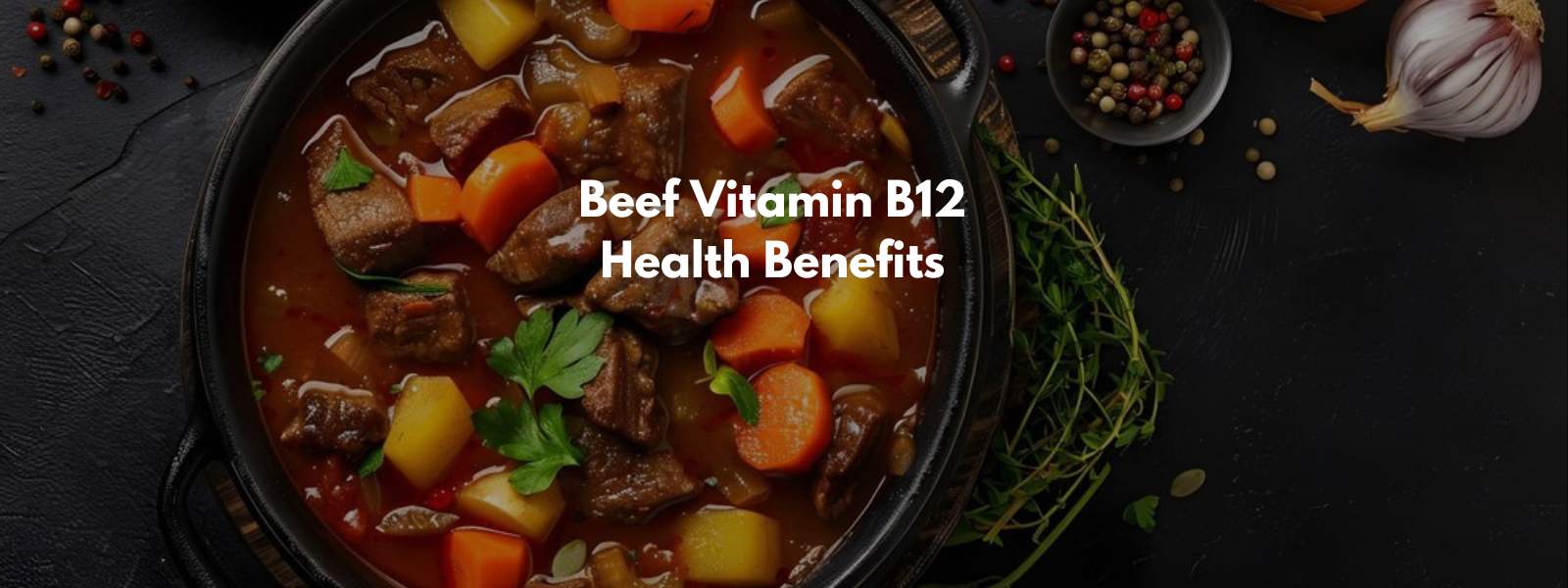
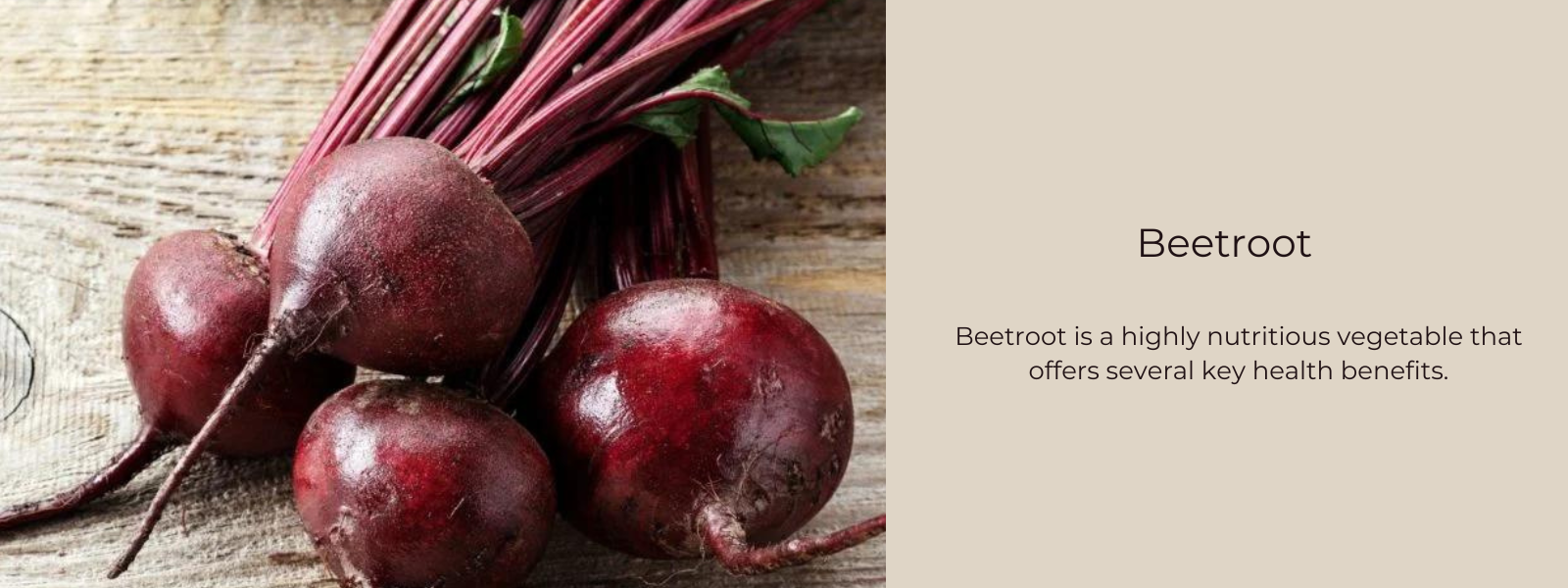
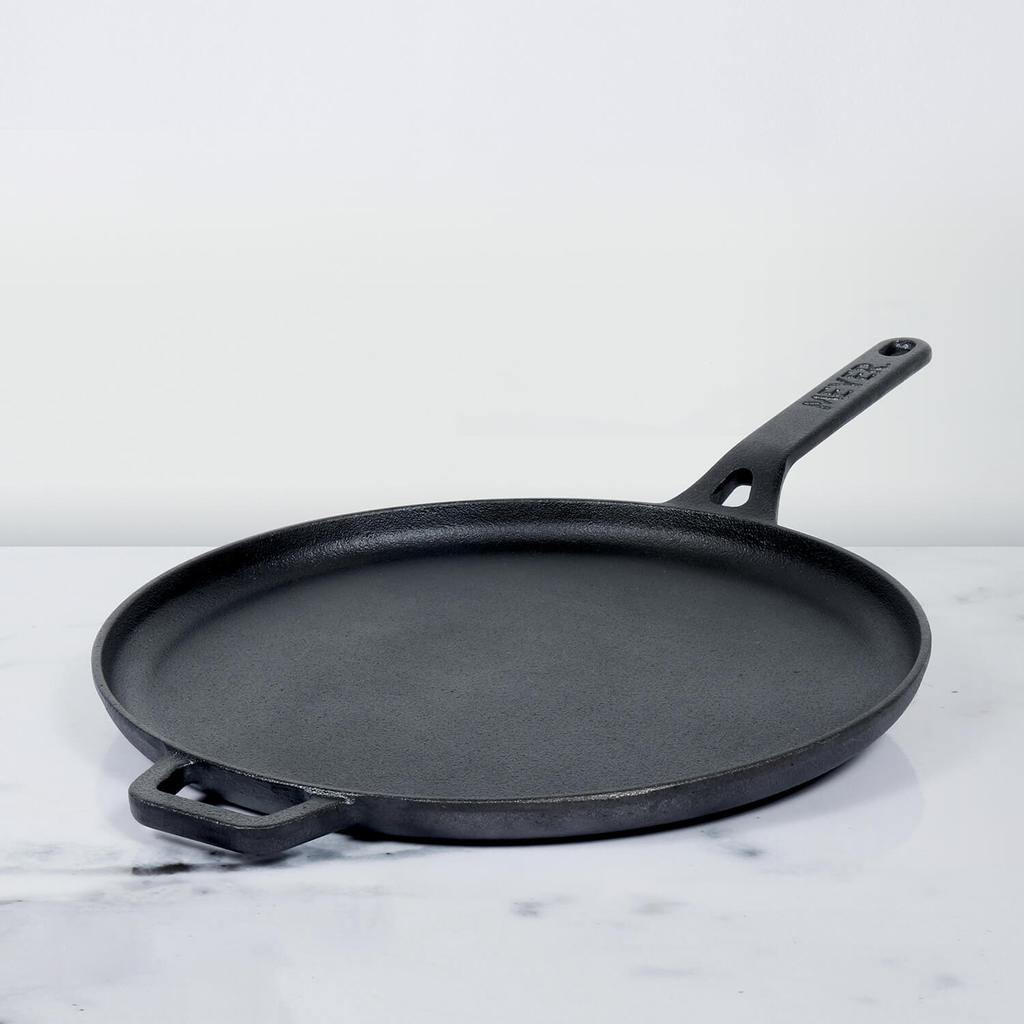
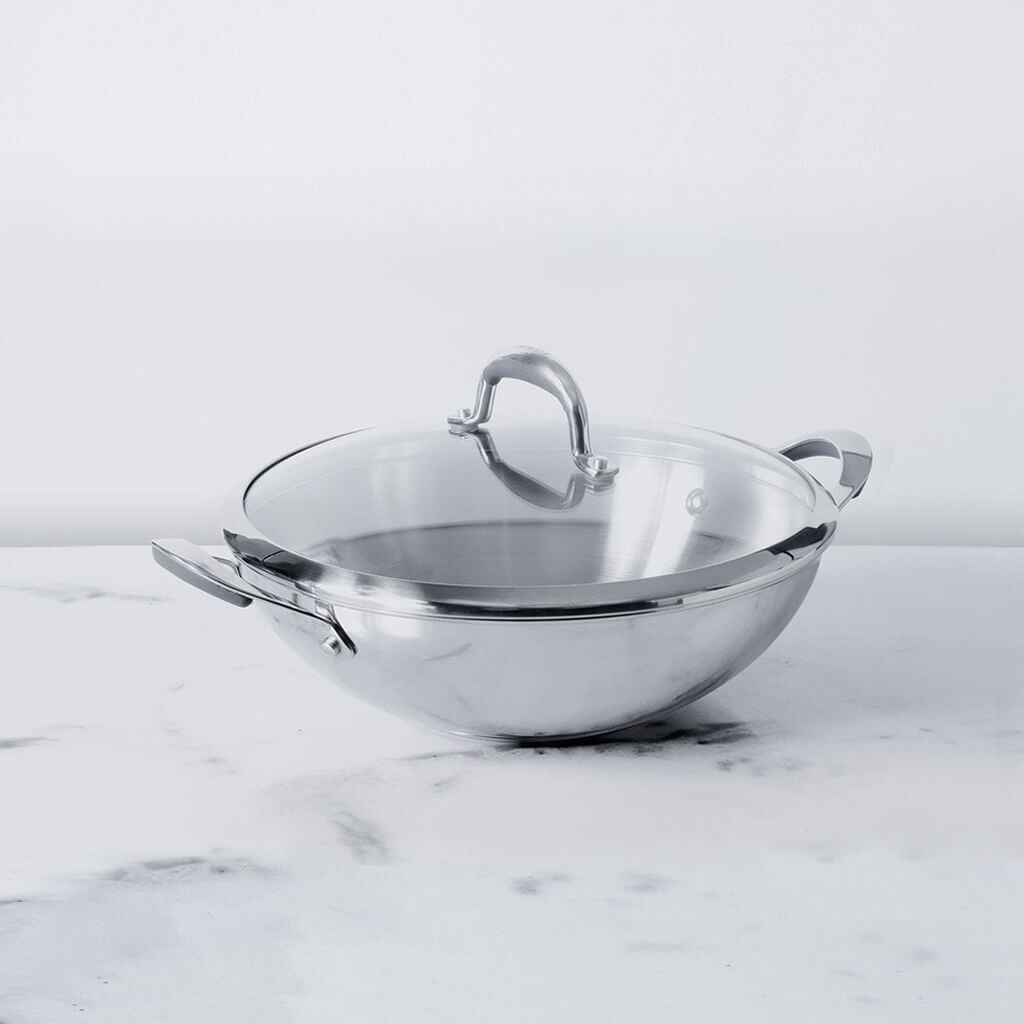




Leave a comment